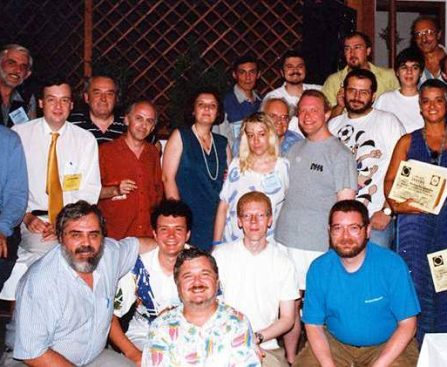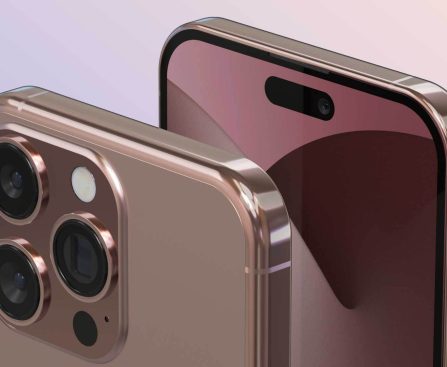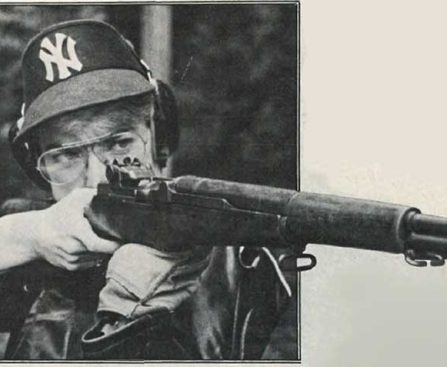Sandra Bullock, who subsequently declined a role in “The Matrix.” However, perhaps the greatest attraction of this ridiculous blockbuster was its playful and frequently satirical portrayal of the year 2032.
“Demolition Man” presented outrageous concepts that seemed absurd and extremely unlikely at the time. Yet, over thirty years later, we can observe that numerous predictions were not nearly as outlandish as we thought they were back then. In fact, it’s somewhat alarming how many of its forecasts about our current societal state turned out to be remarkably accurate, thanks to the technological advancements and other progress that have integrated into our daily lives. From minor predictions, like Arnold Schwarzenegger becoming the Governor of California after being suggested as U.S. President in the movie, to Wesley Snipes’ legal issues in reality, “Demolition Man” correctly anticipated numerous elements.
The most unforgettable aspects, though, are the futuristic technological inventions presented in “Demolition Man,” including self-driving vehicles akin to today’s Waymo, GPS navigation, virtual reality experiences, video conferencing, voice and facial recognition, and a nod towards smartphones and tablets. All these features appear in the film in various ways, often in peculiar manners, primarily played for comedic effect while carrying the essence of the future. No matter your opinion on the film, it is undeniable that it succeeded in accurately portraying these concepts in an eerie way.










![iPadOS 26 Boosts iPad Capabilities in 2025: A Review [Video]](https://allyoucantech.com/wp-content/uploads/2026/01/ipados-26-boosts-ipad-capabilities-in-2025-a-review-video-447x367.jpg)